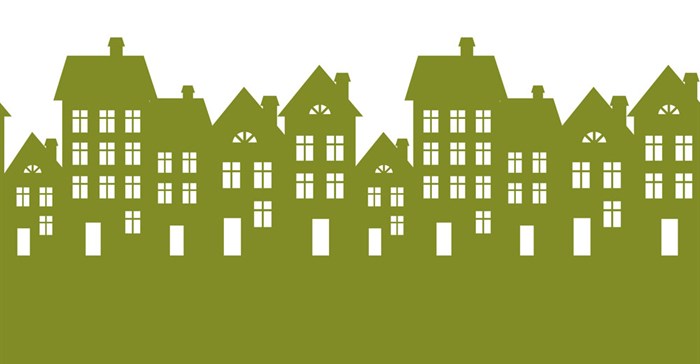
Subscribe & Follow
#AfricaMonth
In the news
Energy savings counterbalance expensive green development

With the upswing in commercial property developments around the country, are developers doing enough at 'being green' in a time where people are becoming more environmentally conscious in their property decisions?
To give some context on South Africa's progress, the Green Building Council of South Africa (GBCSA) awarded its first green certification in the country in 2009. By 2014 South Africa had produced 50 Green Star SA rated buildings, and almost doubled that a year later in 2015. Today the GBCSA website has 195 registered projects with Green Star SA Certifications, which indicates the property sector's commitment to sustainability and resource efficiency.
Green building development is expensive, and ideally, the additional costs employed to make properties more 'green' should be counterbalanced by generated energy savings. This does, however, require that developers fund the initial capital layout. Green market initiatives are becoming increasingly prevalent where it is expected that the intrinsic building costs will soften.
Upward trend
The upward trend in the number of certified buildings and the growing list of applications for certification illustrates that awareness around environmental issues is on the rise. Ultimately, green building is the responsible thing to do - the by-products of efficiency and financial reward also play their part in converting the mind sets of property developers, landlords and tenants.
It is the responsibility of developers and landlords to provide high quality, healthy, productive working environments that offer savings on utilities consumption and costs. Building or retrofitting properties using green design principles has the ability to reduce operating costs by an estimated 25-50% per annum.
Technological developments, cheaper input costs on green materials and higher electricity tariffs means that organisations are often able to recoup the cost of green designs and construction within a three to five year period.
Steps to take
What steps are commercial property developers taking to make their developments more environmentally friendly and green?
- Low energy consumption electrical fittings and motion detectors.
- Low water consumption sanitary ware.
- Highly efficient heat recovery air-conditioning systems.
- Double glazing contributes to energy efficiency and optimal thermal comfort.
- Rain water harvesting is already being used to supply urinals, toilets and irrigation.
- Water tanks of potable water when the council water supply is interrupted.
- The installation of building management systems monitors the performance of electrical and water consumption.
As a result of the electricity crisis, tenants are demanding greener and more efficient buildings and work spaces. Given that electricity costs are on an ongoing upward cycle this argument becomes even more applicable.
Electricity savings
The average green office building could save 30-50% in electricity consumption compared to a standard building. There has never been a better time for property owners, and tenants, to seriously evaluate how energy efficient their properties are. It's such an opportune time - investment in off-grid or co-generation is really starting to take hold as such projects increase their commercial value in the face of the electricity crisis.
Many corporates are insisting on having a green rating on their buildings in order to reduce their carbon footprint, improve staff working conditions and project a positive image. In addition, lower utility costs on these buildings improves affordability where landlords can now charge more for the base rental, while still maintaining flat net rental costs for tenants.
144 Oxford Road and 15 Alice Lane are just two prime examples (of the many) commercial property developments which have implemented greener initiatives in their development.
Gauteng leads South Africa with the largest number of certified with approximately 100 Green Star SA projects. The Western Cape is second with 60, third is KwaZulu-Natal with 19, the Eastern Cape with three projects and Limpopo with two. Of the138 Green Star rated office buildings in South Africa, 25 have achieved five- or six-star ratings.
Inexpensive elements
There are many elements that are inexpensive that can be implemented to improve a buildings green star rating. However, trying to incorporate green elements after commencing with development can be extremely difficult. It is therefore important to bring in the right team of experts to assist right from the start.
Through innovative design solutions, combined with proven technology, a building should work with its surrounding environment. Design, construction and operational elements need to be combined to significantly reduce or eliminate its negative impact on the environment and its occupants.
All these savings also have a meaningful impact to the bottom lines of the businesses that own and occupy green buildings.
Related
Green infrastructure and jobs: South Africa’s plan for a brighter economic future 11 Apr 2025 Hotel Verde secures net zero waste certification 12 Nov 2024 Champions of sustainability recognised with GBCSA Leadership Awards 2024 7 Nov 2024 Six-star green neighbourhood, Newinbosch, ticks all the boxes 30 Apr 2024 SA first: Liberty Two Degrees' retail portfolio achieves Net Zero waste certification 3 Apr 2024











